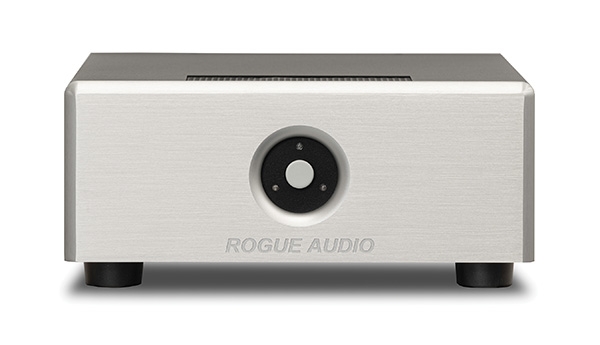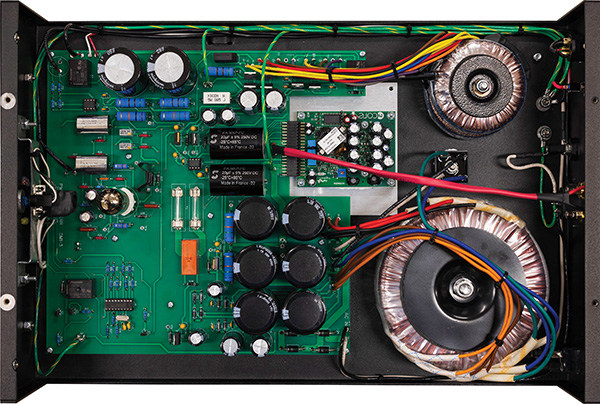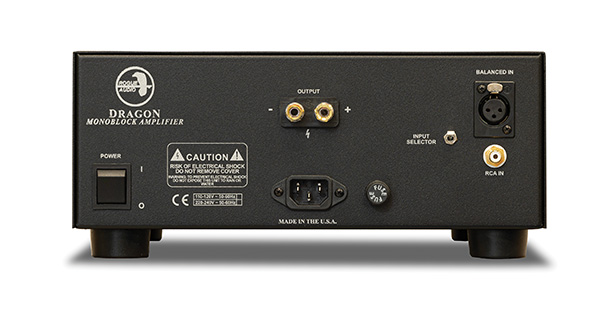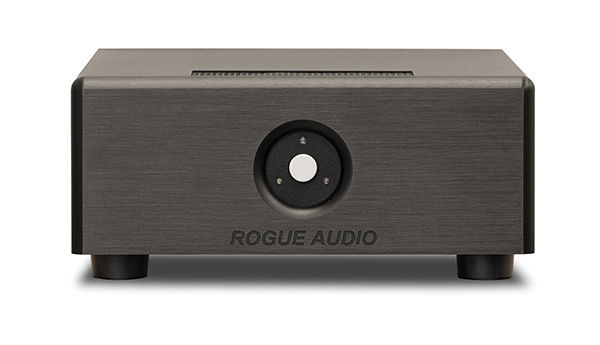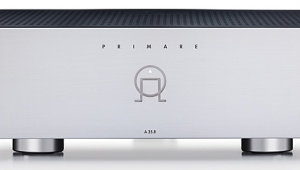| Columns Retired Columns & Blogs |
First off I like Rogue and had way back a pair of M120/180's
I have two mono blocks with Hypex NC500 and massive linear supply, they sound great into the right speakers (benign 4ohm load), but to put a tube stage in front to add all that 2nd harmonic distortion I just can't see why. Unless to make something in the system that sounds hard/harsh soft???
This observation says it all in a polite way. "The presentation was thicker and lusher than I'd previously heard"
And as I think it has a opamp buffers after the tubes in the stereo to drive the low 2kohm input impedance NC500 with https://shorturl.at/drwEP
Monoblock https://ibb.co/gZPb3gC
Cheers George
